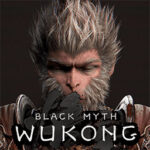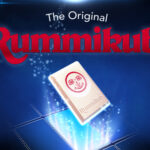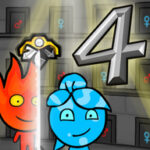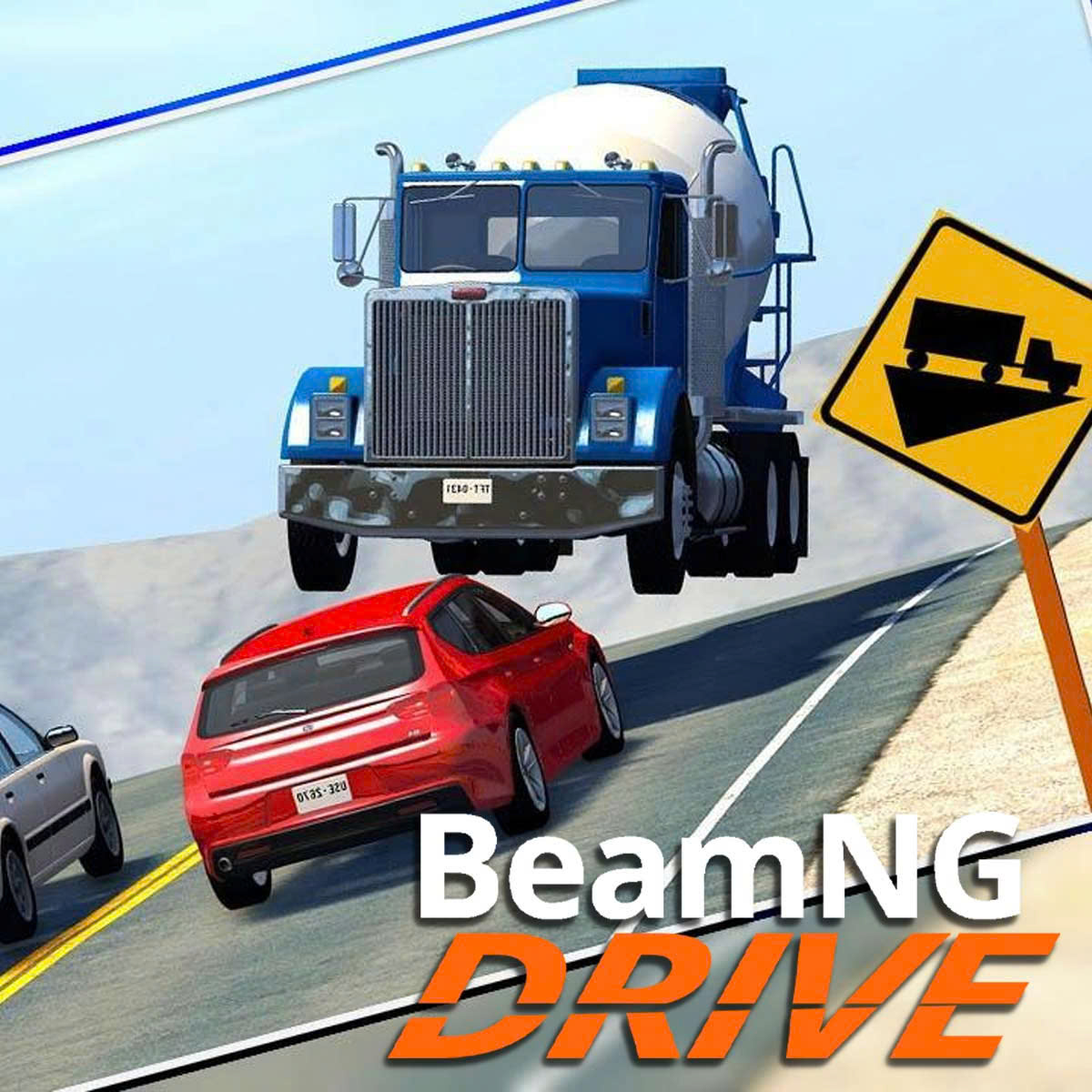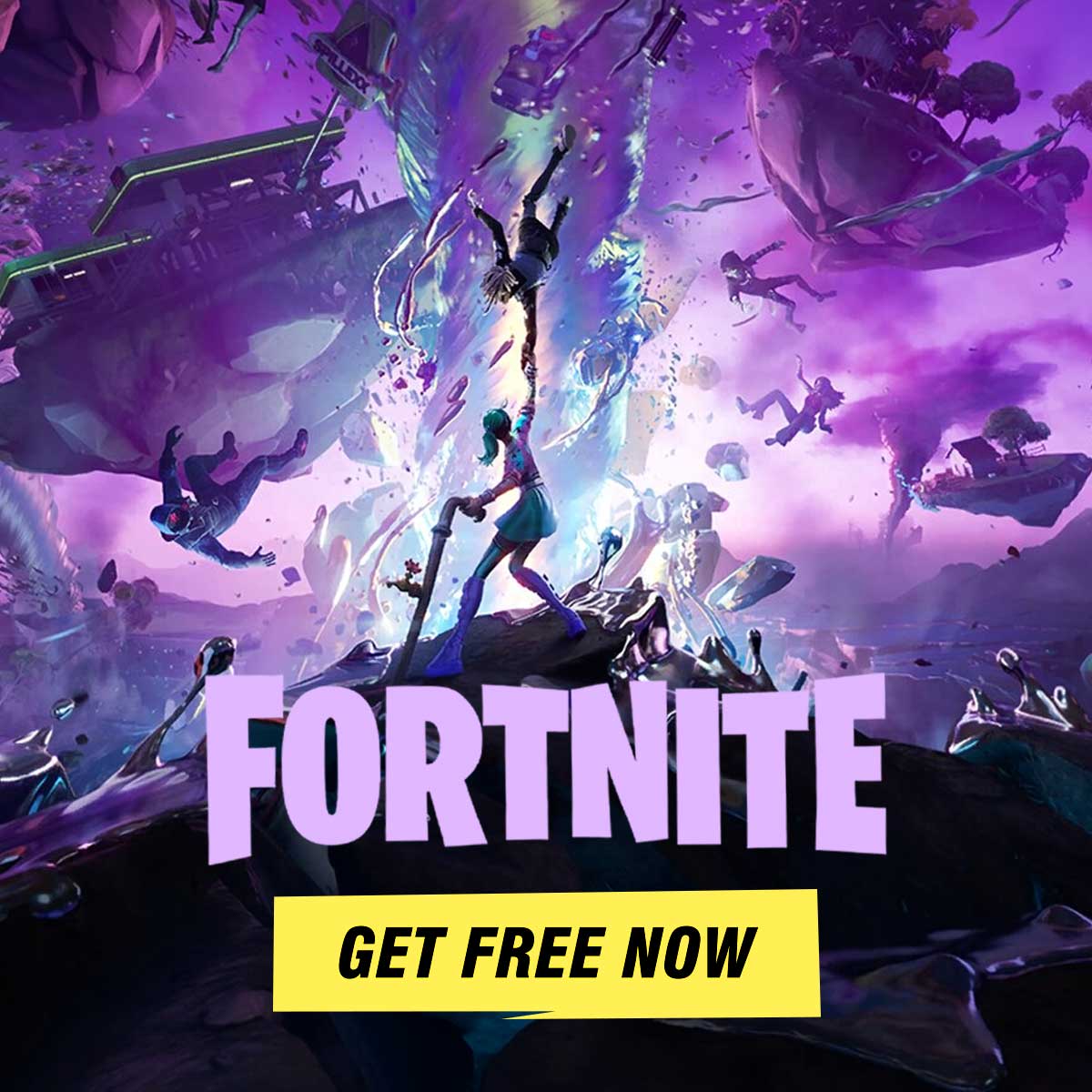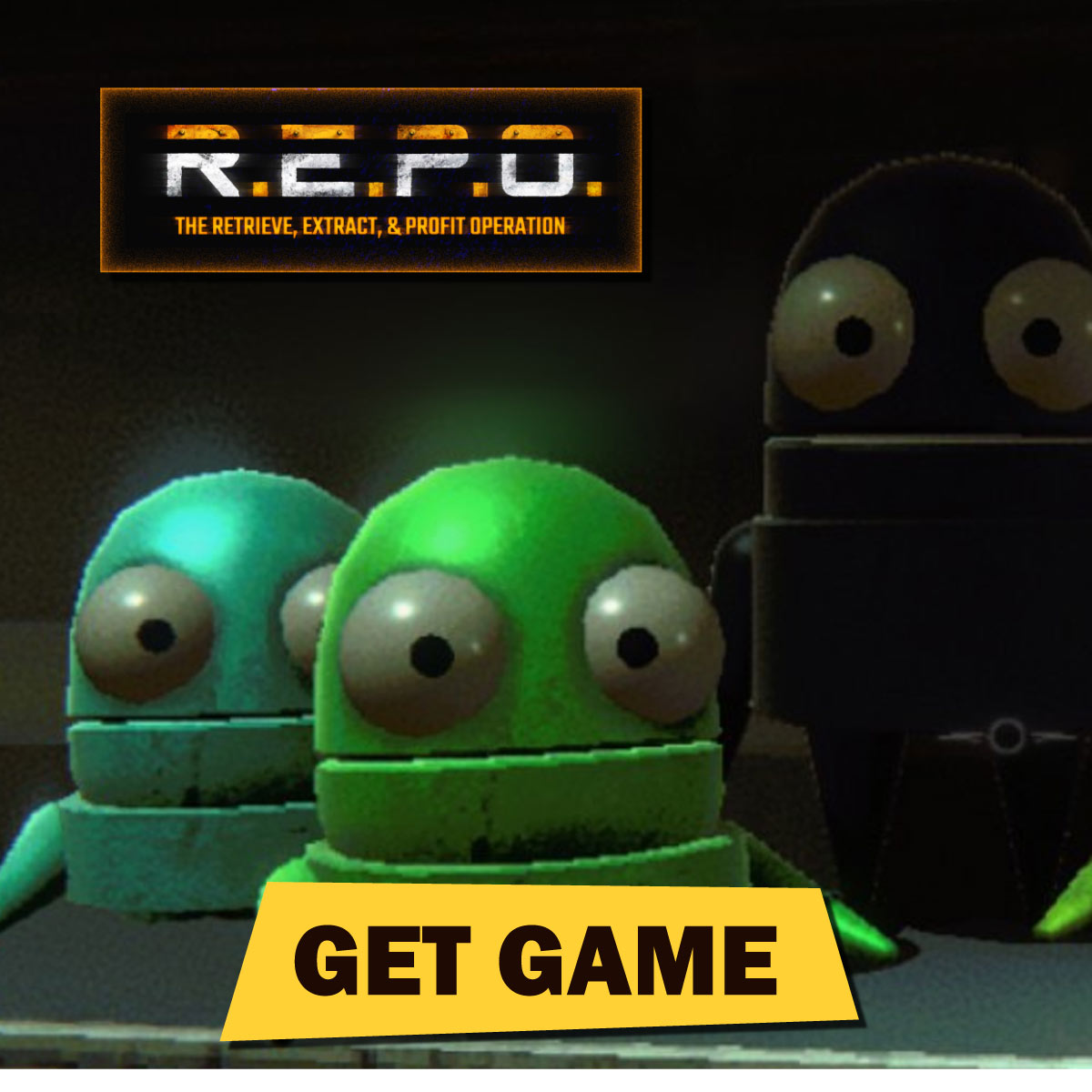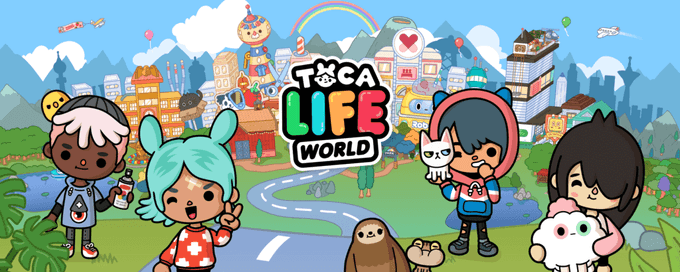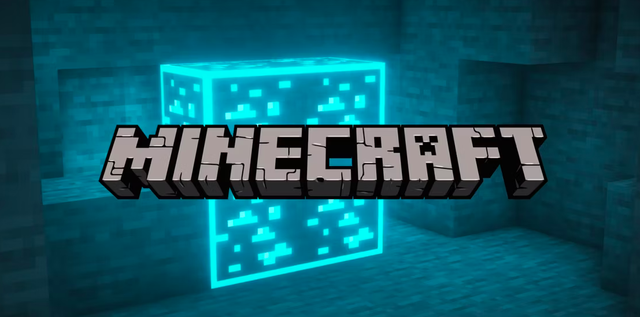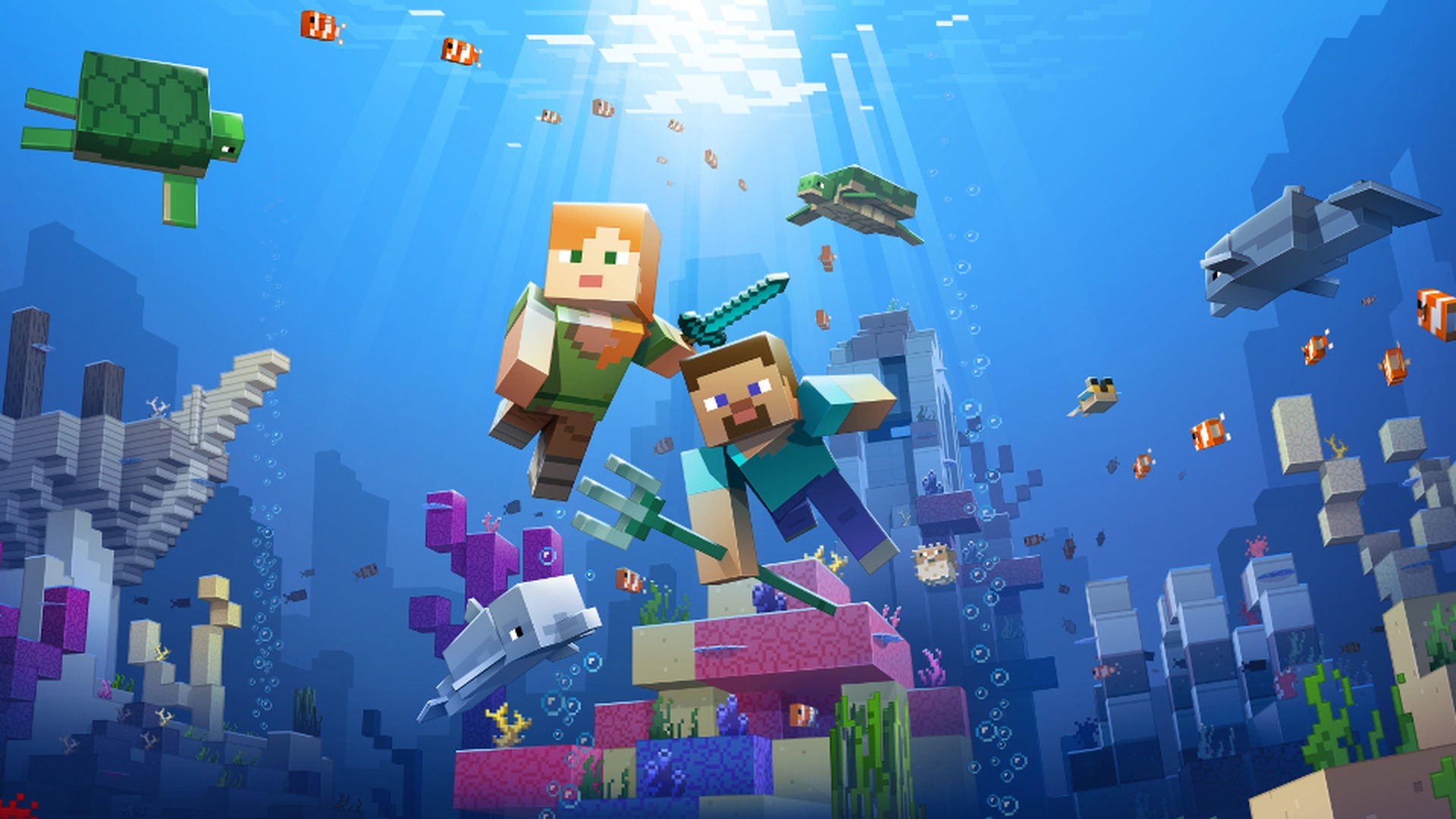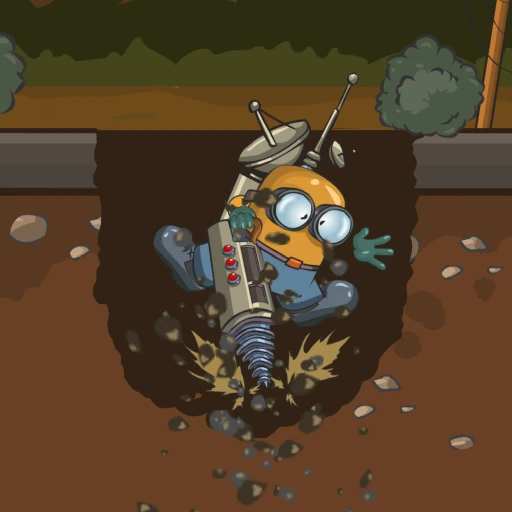Since its release in 2009, League of Legends (LoL) has not only dominated the world of competitive gaming but also redefined what it means to be a multiplayer online battle arena (MOBA). Developed by Riot Games, LoL took inspiration from the Defense of the Ancients (DotA) mod and built a standalone, free-to-play experience with its own distinct flair. Over the years, it has evolved into one of the most-played games worldwide, spawning professional leagues, spin-off games, an animated series, and a rich universe.
This comprehensive guide explores League of Legends across its development, gameplay, champions, ranked systems, esports scene, and more. Whether you're a seasoned Summoner or a curious newcomer, this article offers a structured journey into one of gaming's most influential titles.
1. The Origins and Early Development of League of Legends
The journey of League of Legends began when Riot Games, founded by Brandon Beck and Marc Merrill, sought to create a standalone game inspired by the popular Warcraft III mod, DotA.
Building a Competitive Ecosystem
Riot Games released League of Legends in October 2009. It featured 40 champions, a basic summoner system, and a single 5v5 map—Summoner’s Rift. What made LoL stand out early was its accessibility, free-to-play model, and regular updates.
Rapid Growth and Player Base
Thanks to low hardware requirements and engaging gameplay, LoL quickly gained traction. By 2011, it had millions of active users globally and was already a rising star in competitive gaming communities.
2. Core Gameplay: Strategy, Teamwork, and Mastery
League of Legends is a 5v5 competitive game where teams aim to destroy the enemy's Nexus. Players choose champions, each with unique abilities, roles, and strategic potential.
Objectives and Map Structure
-
Three lanes: Top, Mid, and Bottom
-
Jungle: Neutral monsters that grant buffs or objectives
-
Objectives: Towers, Inhibitors, Dragons, Baron Nashor
Players must balance farming minions, trading with opponents, securing vision, and rotating to win macro and micro skirmishes.
Role Definitions
-
Top Lane: Usually bruisers or tanks
-
Jungle: Objective control, map pressure
-
Mid Lane: Assassins or mages with high burst
-
ADC (Bot Lane): Primary ranged damage
-
Support: Vision control, crowd control, utility
Team composition and synergy are essential in executing win conditions.
3. Champions: Variety, Lore, and Meta Impact
At the heart of LoL are its champions. With over 160+ unique characters, each champion contributes a unique playstyle and adds depth to gameplay.
Champion Design Philosophy
-
Distinct kits: No two champions feel the same
-
Skill ceiling: Mastery takes time and effort
-
Lore: Each champion has a backstory rooted in Runeterra, the game’s universe
Riot frequently balances champions to maintain a shifting meta, encouraging innovation and adaptation.
Fan Favorites and Meta Shakers
-
Yasuo: High risk, high reward; mechanically intensive
-
Lee Sin: Mobile jungler favored in pro play
-
Lux and Ahri: Popular among new and casual players
Regular releases and reworks keep champion diversity fresh and impactful.
4. Maps and Game Modes: More Than Just Summoner’s Rift
While Summoner’s Rift is the flagship battlefield, League of Legends includes several other maps and limited-time modes to expand the player experience.
Main Modes
-
Summoner’s Rift (5v5) – Core competitive map
-
ARAM (All Random All Mid) – Casual, fast-paced 5v5
-
Teamfight Tactics (TFT) – Auto-battler spin-off inside the client
-
Rotating Game Modes: URF, Nexus Blitz, One for All
Seasonal and Event Maps
Themed maps occasionally appear during events (e.g., Lunar Revel, Star Guardian), enhancing the aesthetic and gameplay diversity.
5. Ranked System and Matchmaking
Ranked play is the heartbeat of competitive League. It offers structured progression and meaningful competition.
Ranked Tiers
-
Iron → Bronze → Silver → Gold → Platinum → Diamond → Master → Grandmaster → Challenger
-
Players earn LP (League Points) to climb divisions
Matchmaking
-
Riot uses an MMR (Matchmaking Rating) system to match players of similar skill.
-
Promotion and demotion series test player consistency.
The ranked system rewards grind, skill, and consistency, though it also demands emotional resilience.
6. Skins and Cosmetics: Monetization Through Style
League of Legends monetizes through a robust cosmetic system. Skins allow players to change the visual theme and animations of champions.
Cosmetic Options
-
Champion Skins: Ranging from 520 RP basics to 3250 RP Ultimate skins
-
Chromas: Color variations
-
Ward skins, emotes, icons, and borders
Skin Lines and Events
Popular skin lines include:
-
PROJECT – Futuristic sci-fi aesthetics
-
Star Guardian – Magical girl theme
-
K/DA – K-pop-inspired skins and music group
These contribute to Riot’s rich transmedia storytelling and brand identity.
7. Community and Toxicity: A Double-Edged Sword
LoL’s massive player base is both a blessing and a curse. While the community fuels its ecosystem, it also presents challenges.
Pros of the Community
-
Content Creators and Streamers: Keep the game entertaining and accessible
-
Fan Art and Cosplay: Celebrates champion designs and events
-
Forums and Subreddits: Offer tips, memes, and patch reactions
Cons: Toxic Behavior
-
Verbal abuse, AFK, inting, and griefing can plague games
-
Riot has implemented:
-
Honor System
-
Report and Mute Features
-
Behavioral Incentives
-
Despite efforts, toxicity remains a perpetual issue due to the competitive nature of ranked play.
8. Esports and the LoL Competitive Scene
League of Legends has one of the most successful esports ecosystems in the world.
Regional Leagues
-
LCK (Korea)
-
LEC (Europe)
-
LCS (North America)
-
LPL (China)
-
Other regional leagues (PCS, CBLOL, TCL, VCS)
World Championship
Held annually, Worlds brings top teams from every region to compete on a global stage. With millions of viewers, it’s known for:
-
Iconic plays (e.g., Faker’s Zed outplay)
-
Impressive production
-
Stunning opening ceremonies (like holograms and augmented reality)
Riot also hosts Mid-Season Invitational (MSI) and All-Star Events, fostering international rivalry and celebration.
9. Final Thoughts and Overall Rating
League of Legends is a cornerstone of modern gaming. It helped shape the MOBA genre, set new standards for free-to-play multiplayer games, and birthed an entire esports empire. Its appeal lies in its blend of fast-paced action, deep strategy, diverse champions, and competitive thrill.
Though it comes with frustrations—especially for those climbing the ranked ladder—it rewards dedication, teamwork, and skill. Riot’s commitment to evolving the game has kept it relevant and exciting for over a decade.
Conclusion
League of Legends stands as one of the most influential video games ever made. It revolutionized esports, inspired a universe of media, and created a game that challenges the mind as much as the reflexes. Despite its flaws—namely, community behavior and a daunting learning curve—LoL’s depth and brilliance continue to shine.
Whether you're a solo queue warrior, a competitive strategist, or a lore enthusiast, League of Legends offers something compelling for everyone. And with Riot constantly expanding its universe, from Arcane on Netflix to games like Legends of Runeterra and Project L, the future looks as bright as its past.





